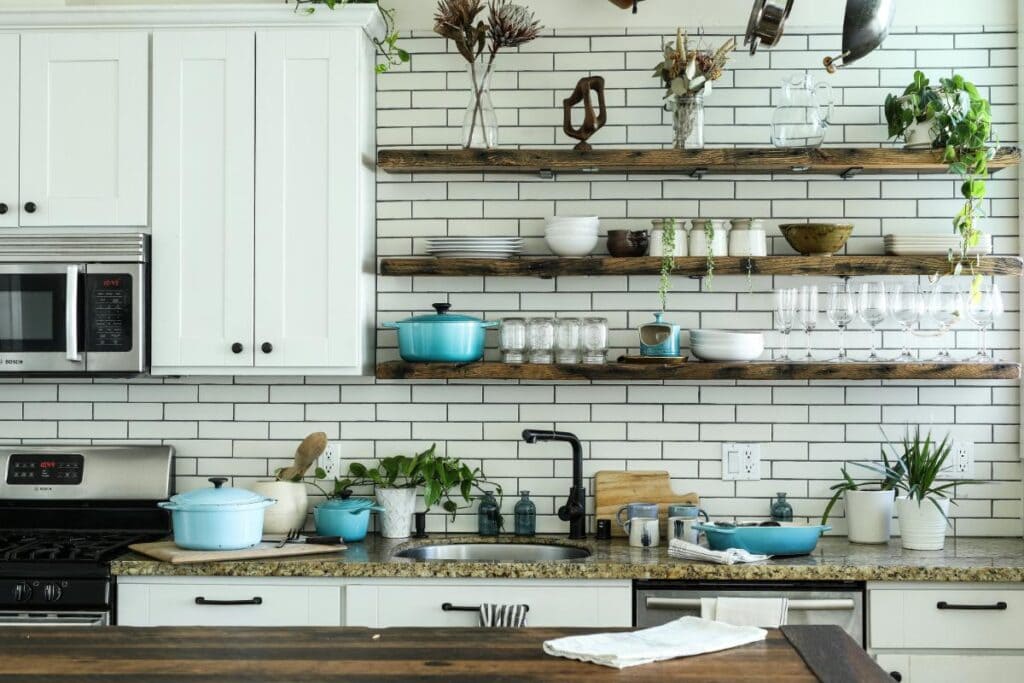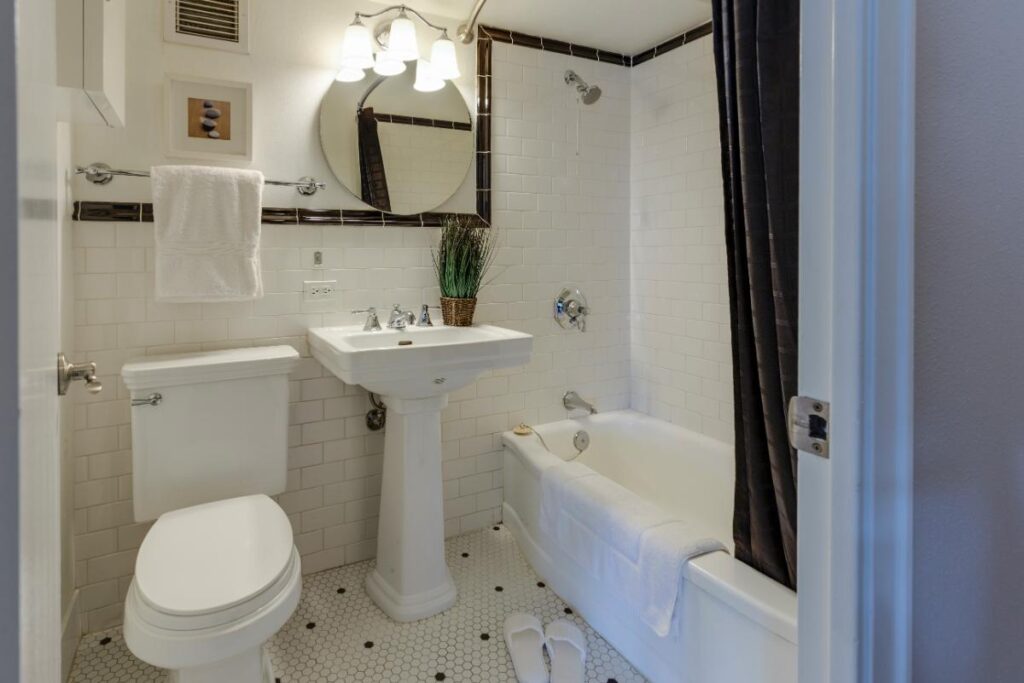When you’re living in a small home or apartment, every square foot counts. But that doesn’t mean you need a full-blown remodel to see a big difference. With the right updates and high-impact renovations, you can turn a cramped room into a cozy, functional space that actually works for your life. These kinds of changes don’t usually require tearing everything apart, either. They’re smart, strategic tweaks that can help your home feel more open, organized, and totally refreshed.

Popular High-Impact Renovation Ideas
Some renovation ideas pack a lot of punch without needing a huge budget or footprint. One example is adding open shelving in the kitchen. It’s a simple way to create extra storage while making the space feel more open and airy. Plus, it’s a chance to keep everyday items within easy reach and show off a bit of personality. Open shelving can be a stylish and functional addition, allowing you to showcase your most-used items while keeping the area clutter-free — a solution often recommended in professional renovations in Vancouver BC.
Another impactful renovation is updating your lighting fixtures. Proper lighting can dramatically change the ambiance of any room, making it feel more spacious and inviting. Consider installing dimmable LED lights to create a versatile lighting scheme that can adapt to various moods and activities. Additionally, adding mirrors strategically can reflect light and create the perception of more space.
Incorporating multifunctional furniture is also an excellent way to maximize space. Pieces like a fold-out desk, a sofa bed, or a storage ottoman can serve multiple purposes, reducing clutter and enhancing usability. These furniture choices are practical and can also add a modern touch to your home, seeing to it that style is not sacrificed for function.
Planning Your Renovation: Key Considerations
Before beginning any renovation project, it’s important to plan thoroughly. Start by evaluating your current space and identifying your primary needs. Ask yourself questions like: What are the main issues with my current layout? What changes will bring the most benefit? This self-assessment will guide you in prioritizing projects that will have the biggest overall impact.
Once you’ve identified potential projects, consider the logistics. Determine the time frame for each renovation and how it will fit into your schedule. Some projects may require you to temporarily vacate the space, so planning ahead is key. It’s also important to look into any local regulations and secure the proper permits so your updates stay within code and avoid any hiccups down the road.
Working with professionals during the planning stage can make a big difference. Interior designers and renovation experts often spot things the average homeowner might overlook, which may save time, money, and stress later on. Their experience can help shape a realistic budget and timeline, so you know what to expect at each step. With the right guidance, the entire renovation process becomes more manageable and far less overwhelming from start to finish.
Budgeting for Small Space Renovations
Setting a budget is one of the most important parts of planning a renovation. Begin by writing out all the expected costs, including materials, labor, permits, and anything else that might come up along the way. It’s also a good idea to build in a little breathing room by setting aside a contingency fund, usually about 10 to 20% of the total budget, to cover any surprises that pop up mid-project.
When aiming to keep costs down, consider prioritizing projects that offer the most significant value increase. For instance, kitchen and bathroom upgrades often provide a high return on investment. Go for cost-effective materials that mimic the appearance of high-end finishes, such as laminate countertops or luxury vinyl flooring, to achieve a similar look without the hefty price tag.
Financing options should also be explored if necessary. Home equity loans, personal loans, or credit card financing can offer the funds needed to complete your renovation. Carefully weigh the pros and cons of each option, and ensure that your chosen financing method aligns with your long-term financial goals.

Maximizing Space with Smart Design Choices
Smart design choices are critical when renovating small spaces. Consider an open floor plan if possible, as removing non-load-bearing walls can create a sense of openness and connectivity between rooms. This concept is particularly effective in combining living and dining areas, promoting a more cohesive living environment.
Vertical space is often underutilized in small homes. Use tall bookshelves, hanging storage, or lofted beds to make the most of your vertical area. This approach provides additional storage and also draws the eye upwards, creating the illusion of height and spaciousness.
Colour and texture also play a significant role in maximizing space. Light, neutral colours can make a room feel larger and more open, while the use of contrasting textures can add depth and interest. Incorporating a statement wall with a bold colour or patterned wallpaper can inject personality without overwhelming the space.
Sustainable Renovation Practices for Small Spaces
Sustainability is an increasingly important consideration in renovation projects. By choosing eco-friendly materials and practices, you can reduce your environmental impact while enhancing your home’s efficiency. Consider using reclaimed wood, recycled glass, or bamboo for flooring and cabinetry. These materials are not only sustainable but also add a unique character to your home.
Energy efficiency should also be a priority. Invest in energy-efficient appliances, low-flow faucets, and LED lighting to reduce your home’s overall energy consumption. Installing a programmable thermostat can further increase efficiency by optimizing heating and cooling schedules based on your lifestyle.
Waste reduction is another critical aspect of sustainable renovations. Donate or recycle old fixtures and materials whenever possible. By minimizing waste and choosing sustainable options, you contribute positively to the environment and create a healthier living space for yourself and future occupants.
High-impact renovations offer a powerful way to transform your small residential space into a functional and stylish home. By focusing on strategic changes in your home remodel, you can enhance your living environment without the need for extensive resources. From smart design choices and sustainable practices to careful planning and budgeting, these renovations provide a comprehensive approach to home improvement. With the right approach, your small space can become a beautiful and efficient haven that meets all your needs.
